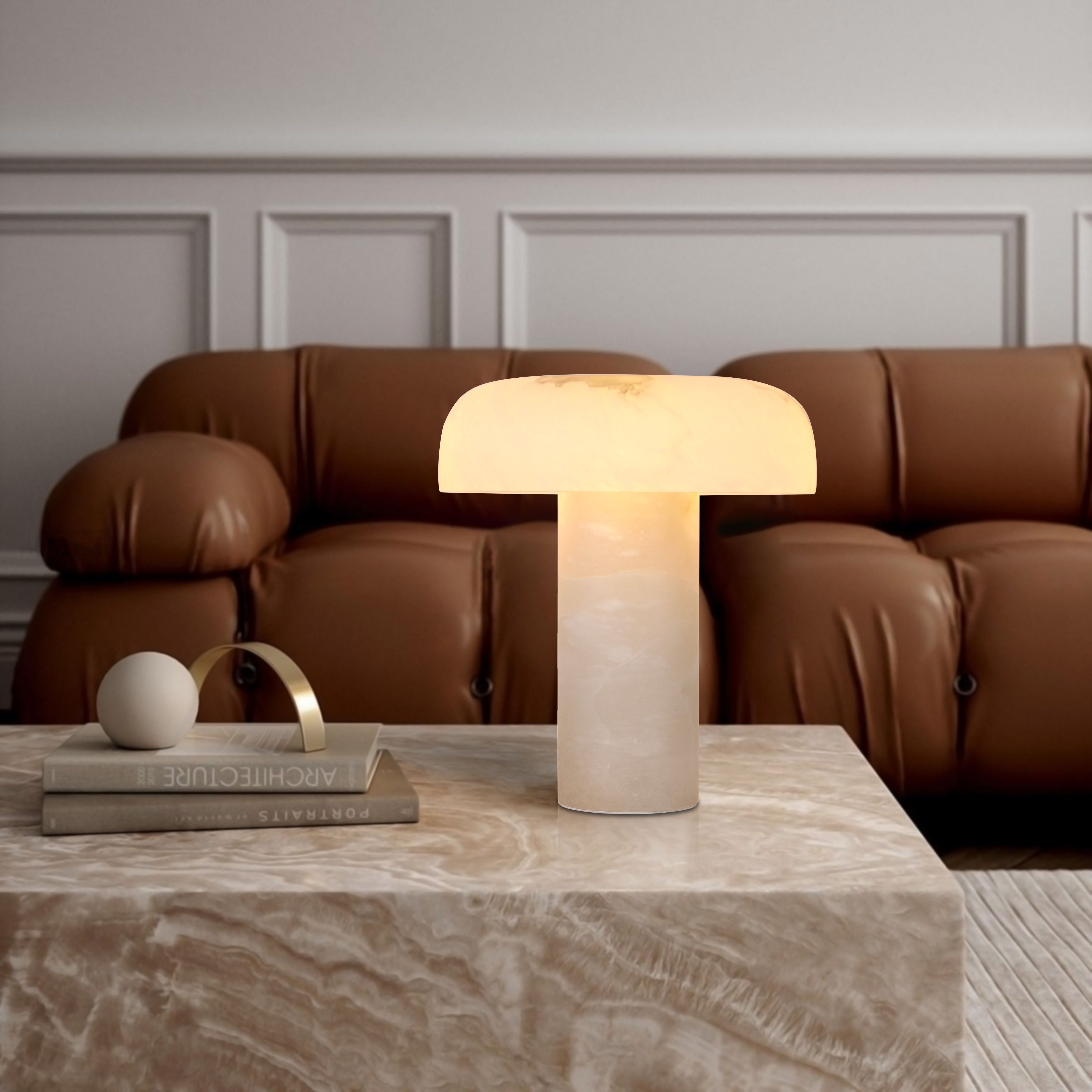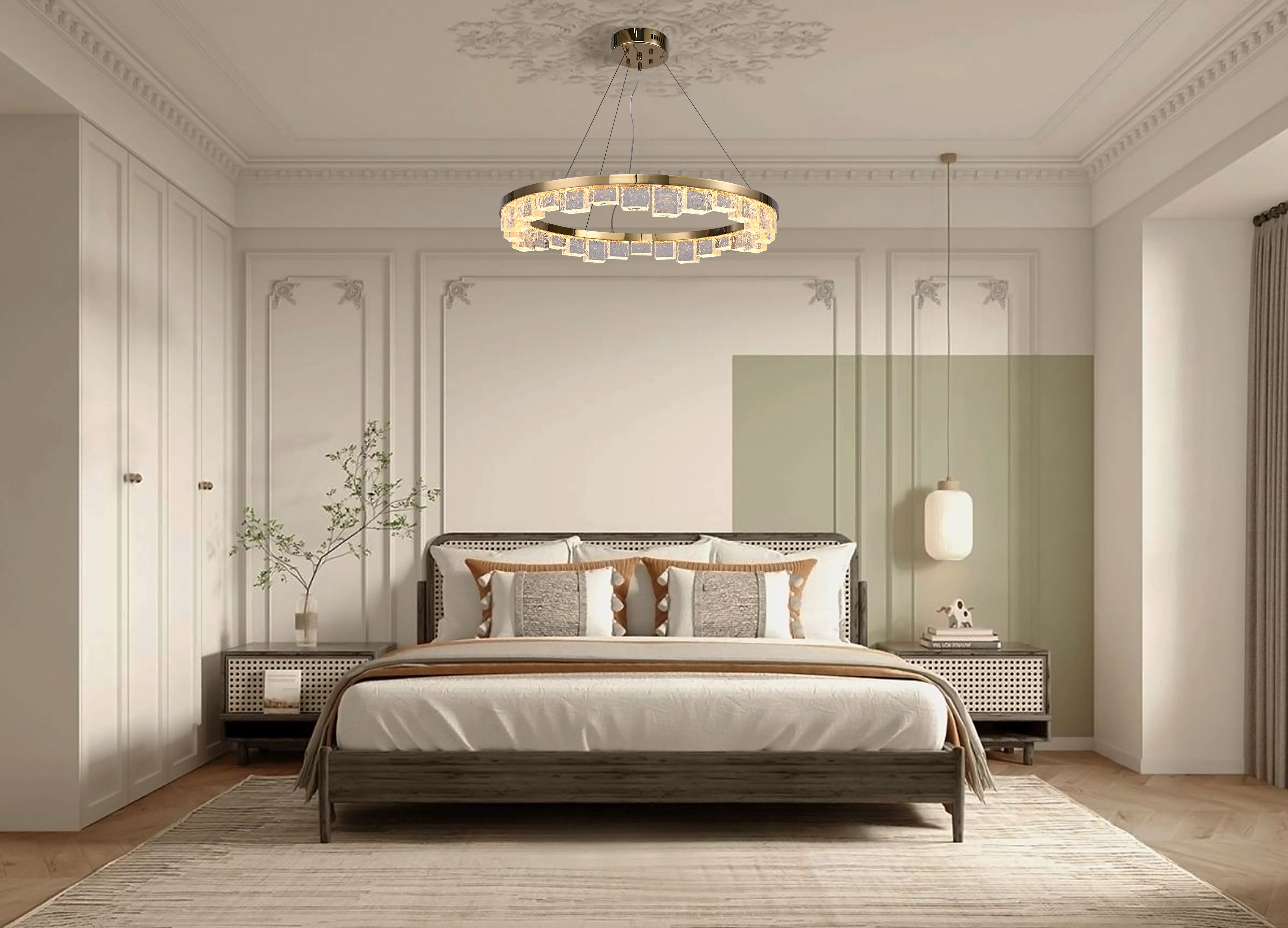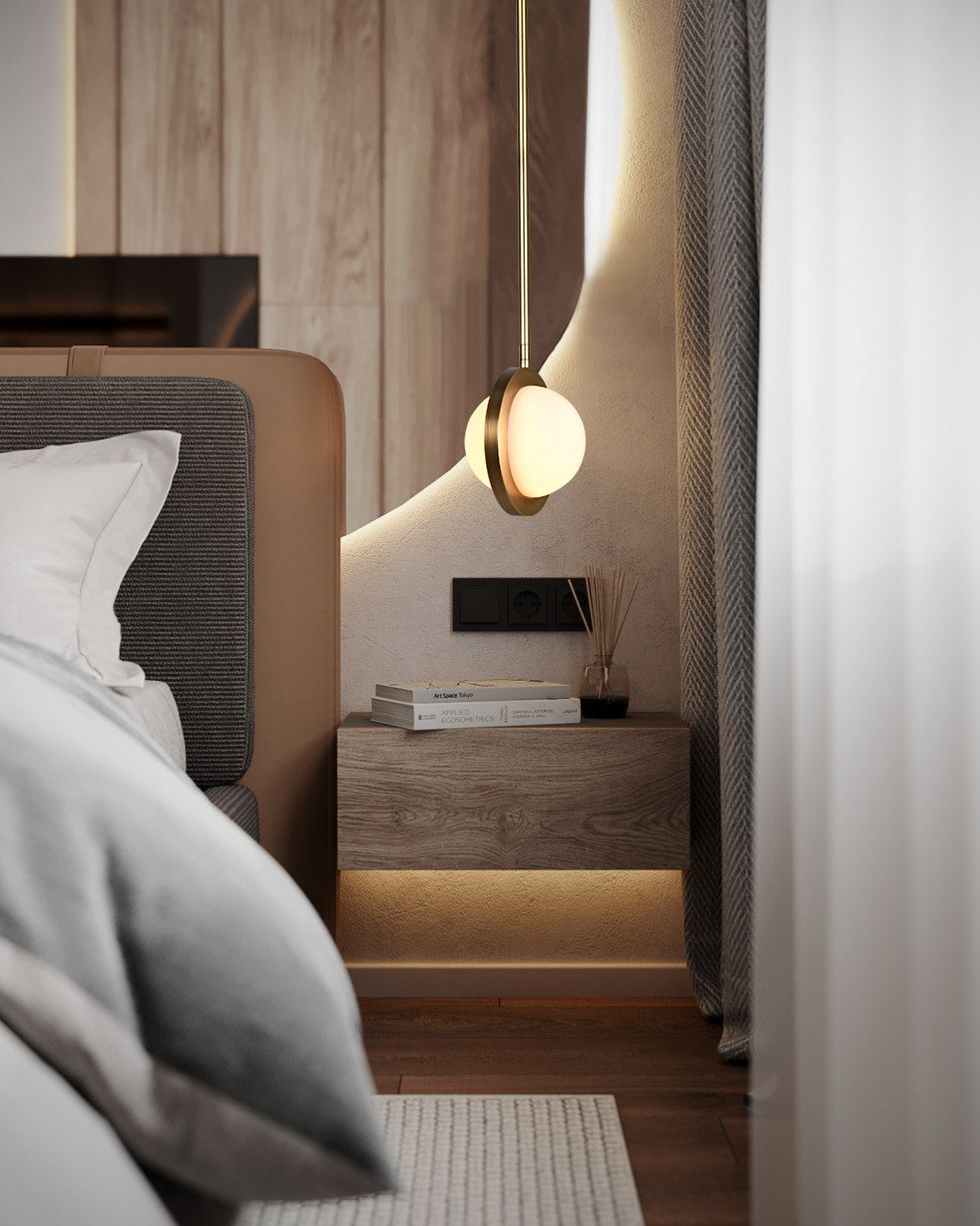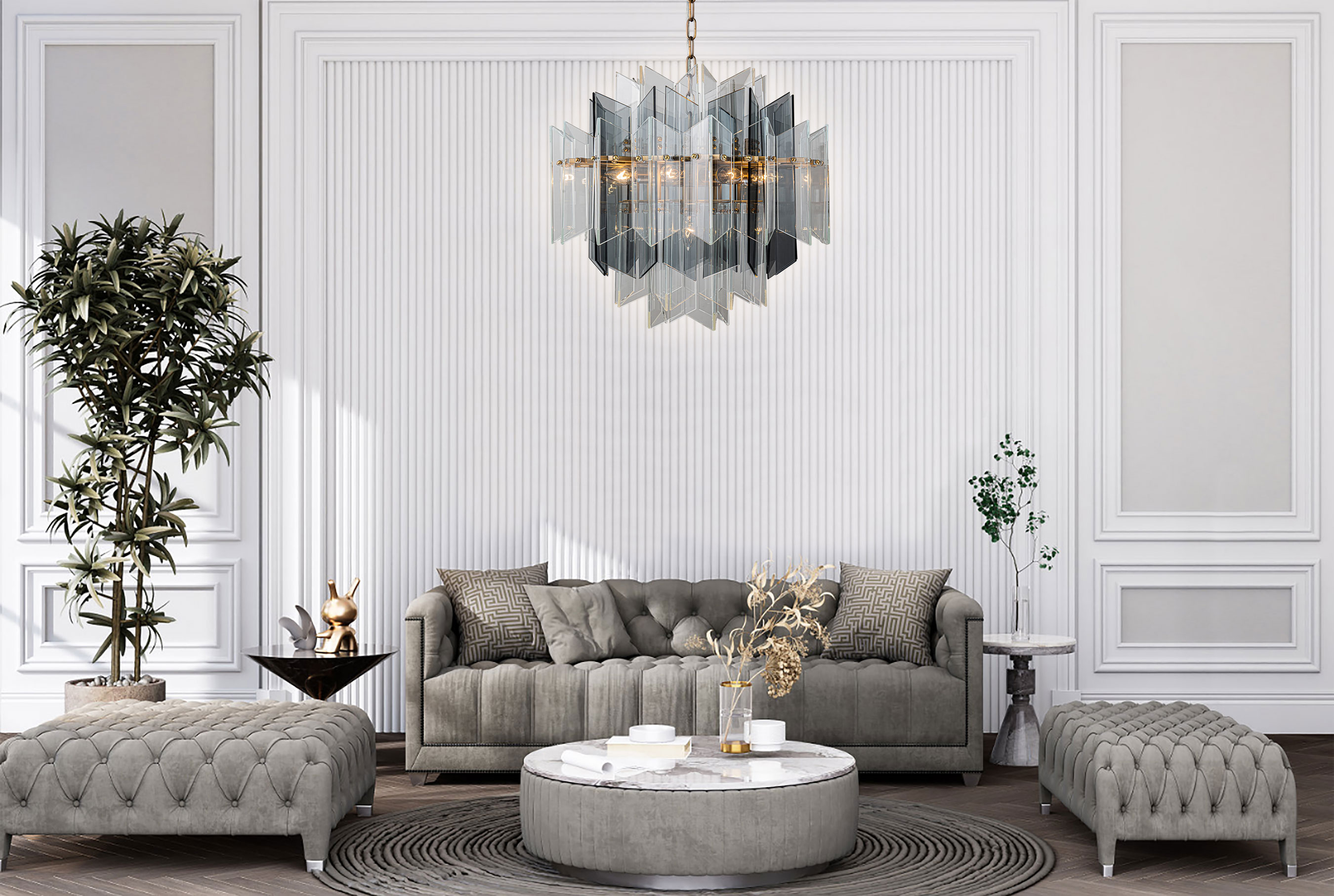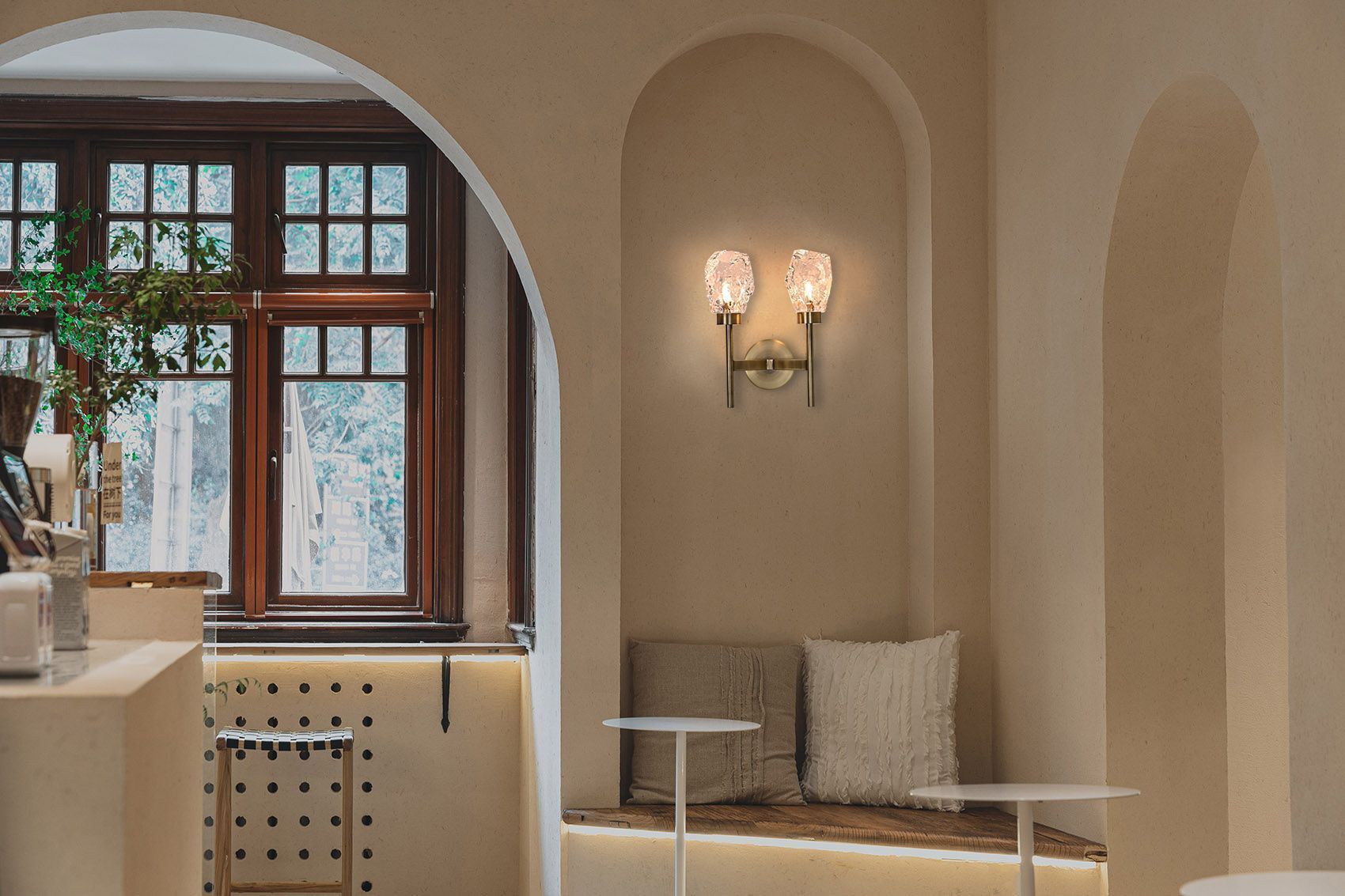Illuminate Your Space: The Allure of Crystal Table Lamps
In the world of interior design, lighting plays a pivotal role in creating ambiance and enhancing the atmosphere of any room. Among the myriad options available, the Crystal Table Lamp stands out as a symbol of elegance and sophistication. This article aims to delve into the charm of crystal table lamps, exploring their benefits, styles, and care tips. Understanding Crystal Table Lamps Crystal table lamps are not just functional items; they are exquisite pieces of art that can transform your living space. Made from various types of crystal, these lamps come in a range of designs that complement different aesthetics. Whether you prefer modern minimalism or classic glamour, there’s a crystal table lamp out there for everyone. Why Choose a Crystal Table Lamp? Here are several reasons why crystal table lamps are an exceptional choice: Elegant Design: The sparkle and sheen of crystal create an alluring focal point in any room. Versatility: Available in numerous styles, they can enhance traditional and contemporary décors alike. Quality Lighting: Crystal refracts light beautifully, providing a warm and inviting glow. Durability: With proper care, high-quality crystal lamps can last a lifetime. A Variety of Styles Crystal table lamps come in various styles, ensuring that there’s a perfect fit for every design preference. Below is a brief overview of some popular styles: Style Description Modern Clean lines and geometric shapes characterized by sleek designs...
Illuminate Your Space with Luxury Table Lamps: A Guide to Style and Elegance
In the world of interior design, every piece of furniture and decoration works together to create a unique atmosphere. Amongst these elements, the luxury table lamp stands out as not only a source of light but also a statement piece that adds sophistication to any room. In this article, we will delve into the various aspects of choosing and incorporating luxury table lamps into your home, the different styles available, and how they can elevate your living space.Why Choose a Luxury Table Lamp?Luxury table lamps are more than just lighting fixtures; they reflect personal style and taste. Here are a few reasons why investing in a luxury table lamp can be beneficial: Aesthetic Appeal: Luxury table lamps come in various designs, materials, and finishes that can complement your décor and serve as focal points in a room. Quality Materials: Typically crafted from high-end materials like crystal, marble, or brushed metal, luxury lamps not only add beauty but also durability. Versatile Lighting Options: Many luxury lamps offer adjustable brightness settings, allowing you to create the perfect ambiance.Styles of Luxury Table LampsWhen it comes to luxury table lamps, the options are nearly endless. Here are some popular styles: Style Description Modern Characterized by clean lines and minimalistic design, modern luxury table lamps often use sleek materials like metal and glass. Traditional These lamps boast ornate designs, typically made from brass or polished...
Illuminate Your Space: The Ultimate Guide to Choosing the Perfect Night Table Lamp
Enhancing Your Bedroom Aesthetics with a Night Table LampWhen it comes to creating a cozy and inviting atmosphere in your bedroom, lighting plays a crucial role. One of the most essential pieces in your bedroom decor is undoubtedly the night table lamp. Not only does it provide functional lighting for reading or relaxing before sleep, but it can also enhance the overall aesthetic of your room. In this comprehensive guide, we’ll explore everything you need to know when selecting the ideal night table lamp, including styles, materials, and tips for placement.Understanding Different Types of Night Table LampsNight table lamps come in various styles and designs, making it easier than ever to find one that fits your personal taste and room decor. Here are some popular types:TypeDescriptionTable LampsThe most common type, featuring a base and a lampshade, suitable for a variety of aesthetics.Wall-Mounted LampsFixed to the wall, saving space on your nightstand while providing optimal lighting.Touch LampsEquipped with touch sensors for easy operation, ideal for bedside use.LED LampsEnergy-efficient and long-lasting, often featuring adjustable brightness settings.Choosing the Right Style for Your BedroomWhen selecting a night table lamp, it's essential to consider the overall style of your bedroom. Here are some popular decor themes and suitable lamp recommendations:Modern MinimalistIf your bedroom features a minimalist aesthetic, opt for a night table lamp with a sleek, simple design...
Illuminate Your Space: The Allure of Vintage Table Lamps
When it comes to home decor, few items can evoke a sense of nostalgia and warmth like a vintage table lamp. With their timeless designs and unique characteristics, these lamps not only serve the purpose of lighting but also enhance the overall aesthetic of a room. In this article, we will explore the fascinating world of vintage table lamps, including their history, styles, and tips for selecting the perfect one for your home. The History of Vintage Table Lamps Vintage table lamps have a storied history that dates back to the 19th century. Initially, these lamps were primarily used for practical purposes, providing essential light before the widespread availability of electricity. As the demand for home decor grew, manufacturers began to produce lamps that were not only functional but also artistic. The popularity of the Arts and Crafts movement in the early 20th century brought forth a wave of craftsmanship and innovation in lamp design. Notable designers like Louis Comfort Tiffany revolutionized the lamp industry with their iconic stained glass shades, creating pieces that are highly sought after by collectors today. Why Choose a Vintage Table Lamp? Choosing a vintage table lamp can transform your living space in several ways: Unique Character: Each vintage lamp tells its own story, often reflecting the era in which it was made. Quality Craftsmanship: Vintage lamps are typically made from durable materials and exhibit higher craftsmanship than many modern counterparts. Sty...
The Ultimate Guide to Retro Table Lamps: Style, Functionality, and Tips
Discovering the Charm of Retro Table LampsIn the world of interior design, lighting plays a pivotal role in shaping the ambiance of a space. One particularly enchanting element that has captured hearts and minds alike is the retro table lamp. These lamps not only serve a practical purpose but also exude a unique vintage charm that can enhance various decor styles, from mid-century modern to industrial chic. In this article, we will explore the origins of retro table lamps, their characteristics, the best ways to incorporate them into your home, and some essential tips for purchasing the perfect one.The Origins of Retro Table LampsRetro table lamps typically evoke the design aesthetics of the mid-20th century, especially from the 1950s to the 1970s. This era was characterized by bold colors, innovative materials, and functional designs that prioritized both form and function. Many retro lamps feature distinct shapes, such as geometric bases, sculpted lines, and playful colors, which can transform a mundane space into a vibrant one.Key Features of Retro Table LampsWhen it comes to identifying a retro table lamp, several key features stand out:FeatureDescriptionMaterialOften made from materials like glass, brass, ceramic, and wood, giving a nostalgic feel.DesignBold geometric shapes, whimsical forms, and vibrant colors are common.Light Bulb TypeTypically uses incandescent or vintage-style LED bulbs to maintain a warm glow.SizeAvailable in various sizes, from small bedside lamps ...
The Timeless Elegance of Tiffany Table Lamps: A Comprehensive Guide
Tiffany table lamps are not just light fixtures; they represent a fusion of art and functionality that has captivated homeowners and art lovers alike for over a century. With their stunning stained glass designs and intricate craftsmanship, these lamps serve both practical purposes and aesthetic appeal. In this article, we will delve into the history, features, and reasons why Tiffany table lamps continue to be a popular choice for modern decor. History of Tiffany Table Lamps The origins of Tiffany table lamps can be traced back to the late 19th century when Louis Comfort Tiffany founded his studio in New York City. Inspired by nature, Tiffany’s innovative designs showcased vibrant colors and intricate patterns, setting a standard for glass artistry. The first Tiffany lamp was produced in 1893, and it quickly gained popularity among the affluent and artistic circles of the time. The Significance of Stained Glass Stained glass is a defining characteristic of Tiffany lamps. Each lamp is handcrafted, using pieces of glass that are cut, shaped, and assembled to create a cohesive design. The combination of colors and the effects of light passing through the glass create a magical glow that enhances any room's ambiance. This meticulous craftsmanship is what makes each Tiffany lamp unique and sought after. Features of Tiffany Table Lamps When considering a Tiffany table lamp for your home, it's essential to understand its various features: Feature Description Design Avail...
Illuminate Your Space: A Comprehensive Guide on Industrial Table Lamps
Discovering the Appeal of Industrial Table Lamps Industrial table lamps have surged in popularity over the last few years, blending functionality with an aesthetic that appeals to both modern and vintage lovers. These lamps are more than just light sources; they are statement pieces that can enhance the ambiance of any room. In this article, we’ll delve into what makes industrial table lamps a favored choice, their history, types, and how to choose the right one for your space. The Allure of Industrial Design Industrial design originated in the mid-20th century, embodying elements drawn from factories, warehouses, and other industrial spaces. This style emphasizes raw materials and functional shapes, with a focus on simplicity and durability. With the rise of urban living, industrial décor has gained traction, making it a perfect choice for modern homes and offices. Key Features of Industrial Table Lamps Industrial table lamps come with distinct characteristics that set them apart from traditional lighting options. Here are the primary features: Material: Typically made from metals like iron, brass, or aluminum, these lamps often feature exposed bulbs that highlight their raw designs. Design: The designs are usually minimalist, with clean lines and geometric shapes that reflect industrial aesthetics. Functionality: Many industrial lamps come with adjustable arms or intensity settings, allowing for practical use whether you are reading or ambient lighting. Types...

